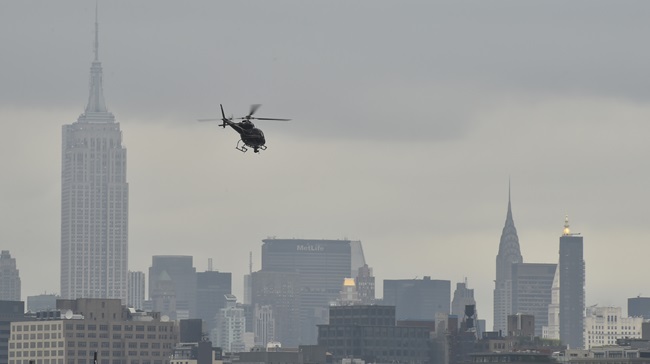The Federal Communications Commission should proceed with plans to suspend LightSquared’s authorization to build a wireless network that threatens the GPS system, and “expeditiously bring the administrative process to a close,” said AOPA and the General Aviation Manufacturers Association (GAMA).
The two associations, in joint comments filed Feb. 29, urged the FCC to proceed with its announced plans to vacate LightSquared’s authorization to build a mobile-satellite network dependent on ground transmissions shown by tests to overwhelm the much weaker adjacent GPS signals. The FCC had called for a new round of comments in the case Feb. 15 when issuing a public notice stating its intention to freeze the project, citing the tests’ conclusion that the network caused intractable GPS interference.
That conclusion—including the opinion that no solution was possible any time soon—was presented to the FCC by the National Telecommunications and Information Administration (NTIA), following a year of technical review. The day after receiving the NTIA’s letter, the FCC announced its intention to end the LightSquared project—a move immediately embraced by AOPA as a likely end to a serious threat that has loomed for aviation and other users of the GPS system.
“It is clear that the LightSquared approach, in all its variations, will cause harmful interference with GPS technology,” said Melissa Rudinger, AOPA senior vice president of government affairs, and Jens Hennig, GAMA vice president of operations. “Numerous data and studies also show that LightSquared cannot resolve this harmful interference. We agree with NTIA that additional testing of LightSquared’s proposals is neither necessary nor warranted, given that ‘there is no practical way to mitigate the potential interference.’”
Affirming “strong support” for the FCC’s proposed actions, AOPA and GAMA urged the FCC “to vacate LightSquared’s Conditional Waiver Order, modify LightSquared’s satellite license, and suspend indefinitely LightSquared’s ATC [ancillary terrestrial component] authorization. FCC should also expeditiously bring the administrative process to a close,” they wrote.
Despite public defiance, LightSquared has been reeling since last fall from a string of setbacks for both the wireless venture and its financial backers—a trend that continued.
On Feb. 28, LightSquared announced the resignation of its CEO, Sanjiv Ahuja, who will stay on as board chairman. He had been CEO since 2010.
Philip Falcone, the hedge-fund executive whose Harbinger Capital Partners investment vehicles have placed $2.9 billion in bets on the wireless network venture, joined the LightSquared board, according to published reports. He promised an “aggressive” approach to company financial management.
That news followed the previous week’s disclosures that LightSquared would lay off about half of its 330-member workforce, and had failed to make a $56 million payment due satellite operator Inmarsat.
Also, the Wall Street Journal and a hedge fund industry newsletter reported that Harbinger investors had filed suit against Falcone and the investment firm over the LightSquared financing, claiming that it “squandered” billions of dollars on the vigorously opposed project.



